In the heart of Berlin, where the pulse of cinema beats strongest, there lies a symbol that transcends language, culture, and art itself. It’s not just any symbol, but a bear – a figure so deeply ingrained in the city’s identity and its most celebrated film festival, the Berlinale, that it has become an emblem of excellence, diversity, and history combined. Join us as we unravel the layers behind the Berlinale’s iconic logo, exploring how a sculpture inspired by Renée Sintenis evolved into the heart and soul of one of the world’s premier film festivals, embodying the unbreakable bond between Berlin and its legendary bear.
The origins of the Berlinale Bear
The story of the Berlinale bear begins with artist Renée Sintenis (1888-1965), who sculpted the bear model in the 1930s. Renée Sintenis was a distinguished German sculptor and graphic artist based in Berlin. Her artistic oeuvre predominantly featured small-scale animal sculptures, female figures, portraits, and sports figurines. But among her most celebrated works are the Berlin Bear sculptures.
Sintenis’s contributions to art were recognized in 1948 when she was awarded the City of Berlin Art Prize and after that she played a significant role in the establishment of the Academy of the Arts of Berlin.
Sintenis enjoyed a resurgence of success in the 1950s, remaining dedicated to her artistic vision and themes, which she often described as “making animals”. Her bear sculpture not only became a city landmark but also, from 1951, the prestigious trophy of the Berlinale, they’ve been handed out to the festival winners ever since. Over the years, the bear’s presence around Berlin, particularly on its highways and city limits, has marked the city as a hub of cultural and artistic innovation.
Revised versions of the bear have also been presented by the city of Berlin to its distinguished visitors: In 1963, two years before Sintenis’ passing, one such bear was gifted to John F. Kennedy during his visit. While it no longer serves as an official gift of the city, the bear undeniably stands as an iconic symbol of Berlin. The link to the remarkable artist behind its creation, Renée Sintenis, continues to be honored: the Berlinale’s bear statue is annually cast by the Noack Foundry, the same foundry that assisted Sintenis more than a hundred years ago.
The image of the bear has been appearing on festival posters since the first edition in 1951, long before the festival logo was created. For the first few years of the festival, the posters and visual identity remained essentially unchanged. The only changes were in colors and shades.
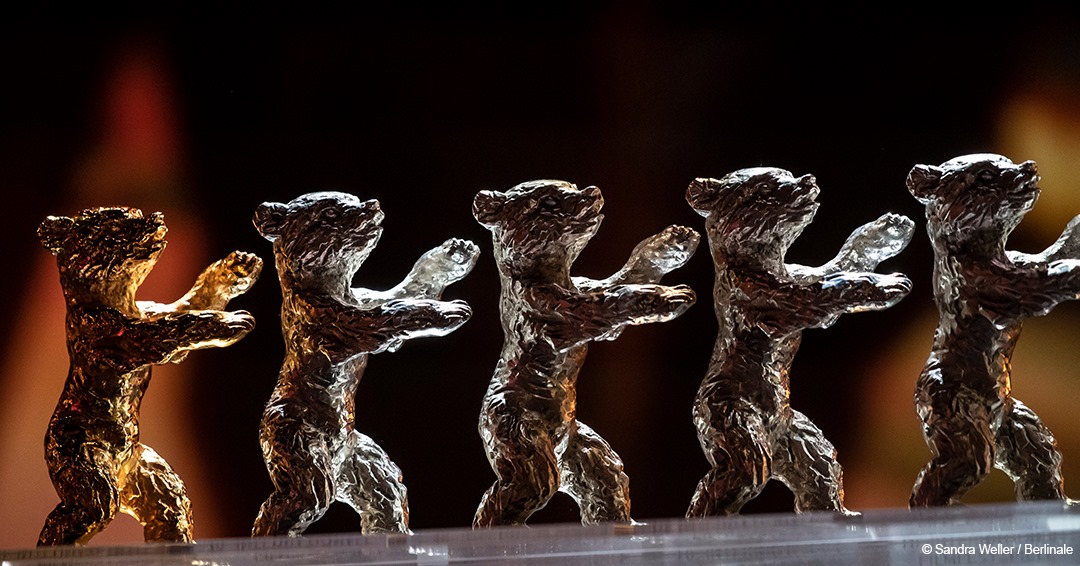
The legend behind Berlin’s Bear
The bear’s significance to Berlin is steeped in legends and historical associations. From tales of Albert the Bear, the 12th-century founder of the Margraviate of Brandenburg, to the bear’s representation of strength and resilience, this symbol reflects the city’s enduring spirit. The bear’s integration into Berlin’s coat of arms further solidifies its status as an emblem of the city’s identity.
Berliners are proud of their coat of arms, and many Germans believe that Berlin should be protected like a bear, as the name contains “Ber”, just like “bear”; “Bär” is also pronounced as “ber”. Its German name is “Der Berliner Bär”.

The Buddy Bears and their message of unity
An intriguing addition to Berlin’s bear-themed symbols is the Buddy Bears, which first appeared in 2001. These colorful, artistically designed bear sculptures are displayed throughout the city and the world, each bear representing a different country. The Buddy Bears project promotes peace, international understanding, and tolerance, embodying the spirit of unity that the Berlinale also champions. Through their global exhibitions, these bears have become ambassadors of Berlin’s open, inclusive culture, mirroring the festival’s commitment to bringing diverse voices and stories to the forefront.
In the early years, the Bears were created by local artists and Berlin personalities for the Art in the City exhibition. Starting in 2002 artists from all five continents participated in the international project United Buddy Bears. Over 240 artists from more than 150 countries have contributed to this project to date. Some notable artists include Arik Brauer, René Cadena Ayala, Hernando León, Ibrahim Hazimeh, Carlos Páez Vilaró, Seo Soo-Kyoung, Helge Leiberg, Leda Luss Luyken, Ludmila Seefried-Matějková, and the UNICEF Australian National Ambassador, Ken Done.
A new chapter in branding: The Berlinale logo
In 2000, the Berlinale unveiled a new logo, conceived by MetaDesign, to mark its 50th edition. This redesign was part of a broader initiative to establish a more cohesive corporate identity, reflecting on the festival’s heritage and its aspirations. The modern logo represents a commitment to bridging cinematic tradition with future innovations, a principle that continues to guide the festival’s evolution. The logo in its unchanged form is still being used today.
„For the anniversary, the Berlinale had come up with a more consistent corporate brand identity with the help of a PR agency. The most visible sign of this was the new logo and a unified look for the posters and publications. Here the core questions were really “who we are and who we want to be in the future,” described Moritz de Hadeln, a Swiss documentary film director and photographer, director of many prestigious film festivals around Europe, among others the Berlin International Film Festival from 1980 to 2001.
A respectable undertaking for a 50-year-old, one could say, but actually the Berlinale had evolved from year to year. “Friendly but also somewhat chaotic,” had always been the festival’s image, de Hadeln openly admitted. The anniversary had been an opportunity to rethink everything and create a new self-confident basis. Part of this new corporate identity also meant a less disharmonious appearance for various sections and areas. Without wiping away the differences between the Competition, Panorama, Kinderfilmfest, Forum, Retrospective, the New German Films series, and the European Film Market, the festival was to be depicted as an organic whole.
Interestingly, not only the logo maintains its consistency. “I love the festival promo spot, which has remained unchanged for years. The modifications are hardly noticeable, sometimes just a sponsor change. In the animation, there’s a sparkle of a sphere turning into a sea of stars, forming a bear. And the music calms you down before the screening,” says Krzysztof Gierat the director of the Krakow Film Festival, who has been attending the Berlinale since 1996. He also emphasizes that he can’t imagine the festival undergoing a huge rebranding.
Designer’s Notes

There is no law obliging designers to depict only abstract concepts in their logos. After all, you can interpret an idea however you like. First decide on the essential visual values like the use of color, shapes, composition and depth, then you tune in the amount of details. Nobody is there to judge you against any intersubjective standard to gauge how well you’ve manage to capture the likeness, the essence of how something appears to you, rather than just your take on a certain non-tangible thought construct. Some art critics call it “representational”, I prefer the term “figurative”.
Figurative logos are a popular tool for branding locations. From entire cities – check out the “Paris” logo for the Paris Convention and Visitors Bureau by Graphéine, the one where the letter “A” is stylized to resemble a tiny Eiffel Tower – to specific buildings and locations, like Sydney’s Opera House logo based on Jørn Utzon’s architectural concept, they’re the right tool to convey the “genius loci”, a spirit of a place, its irreducible identity expressed in a visual form.
But what should you do to brand an entity that is only somewhat connected to a real-world location by a 100% analogue, totemic animal depiction rendered in metal, a real piece of art that is given away each year to celebrate the best achievements in a motion picture? Well, the obvious response is that you go for the prized statue: weighing in at 4 kilograms (not all gold) with a height of 20 centimeters, brimming with singular character stemming from unmanageable details only a physical object can possess.
For me, even after a lifetime of making logos, this is some true magic, our cultural craftsmanship at its best: a spot of color being equivalent to who knows how much yers’ worth of the Berlin Bear’s history, the physical object itself and all those who came into contact with it (the winners, the losers), the physical remains of all the struggle and effort on the part of the artists striving to figure out how an idea might look like pressed onto a physical substance.
The Berlinale: A Global Cinematic Celebration
The Berlin International Film Festival, or Berlinale, is more than just an event; it’s a global gathering that celebrates the film industry’s diversity, creativity, and innovation. As one of the “Big Three” film festivals alongside Venice and Cannes, the Berlinale holds a prestigious spot in the cinematic world. The festival is known for its vibrant selection of films ranging from international blockbusters to independent and art-house projects.
Now in its 74, the Berlinale continues to captivate audiences and filmmakers alike. It awards several prestigious prizes, including the Golden Bear for the best film and the Silver Bears for outstanding artistic contributions in categories such as best director, actor, actress, and screenplay. These awards are highly coveted, recognizing excellence and innovation in filmmaking on an international stage.
The author of the visual identity for the 2024 festival is Berlin-based graphic designer Claudia Schramke, who has been designing the festival’s posters since 2021. The attentive, open and approachable bear stands as a symbol for the focus of the 74th Berlinale: the festival as an open place for our audience and the film industry. Both have remained equally loyal to us over all the years and have made the Berlinale what it is – a place for encounters and exchange. “I am delighted that we have been able to capture that spirit so well with this year’s motif,” comments Mariëtte Rissenbeek, Executive Director of the Berlinale.

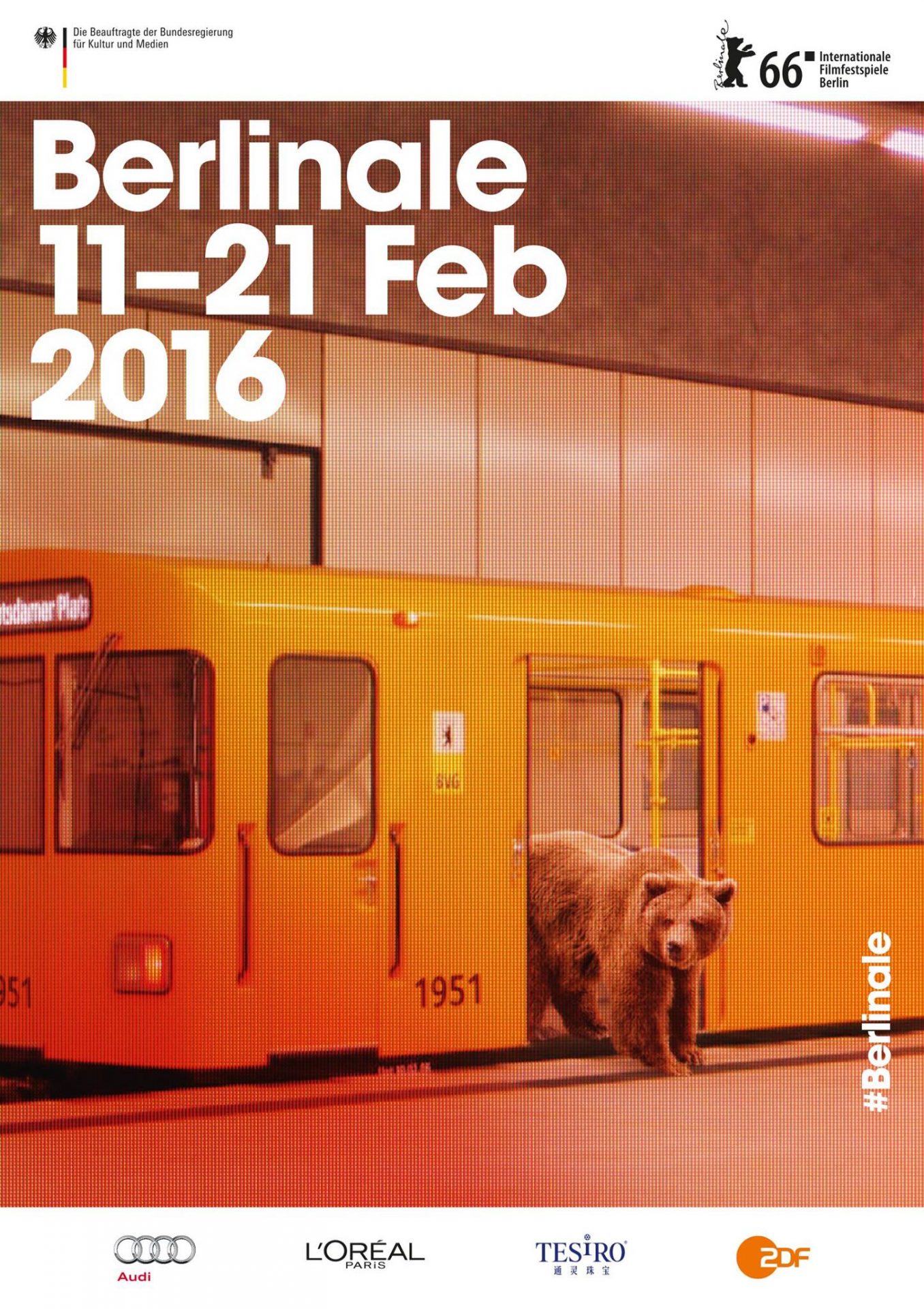
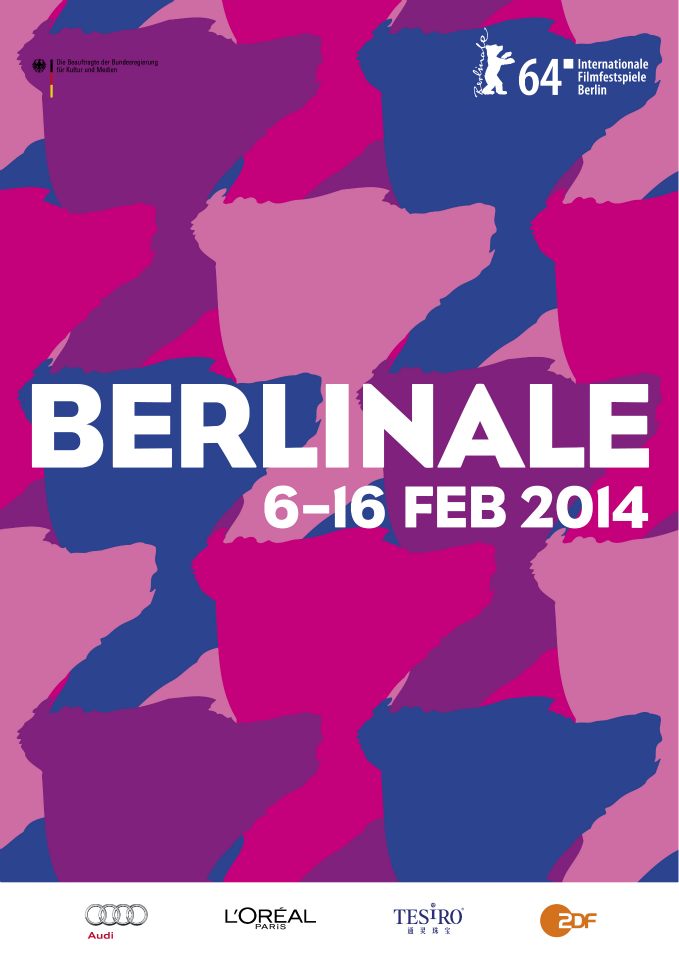
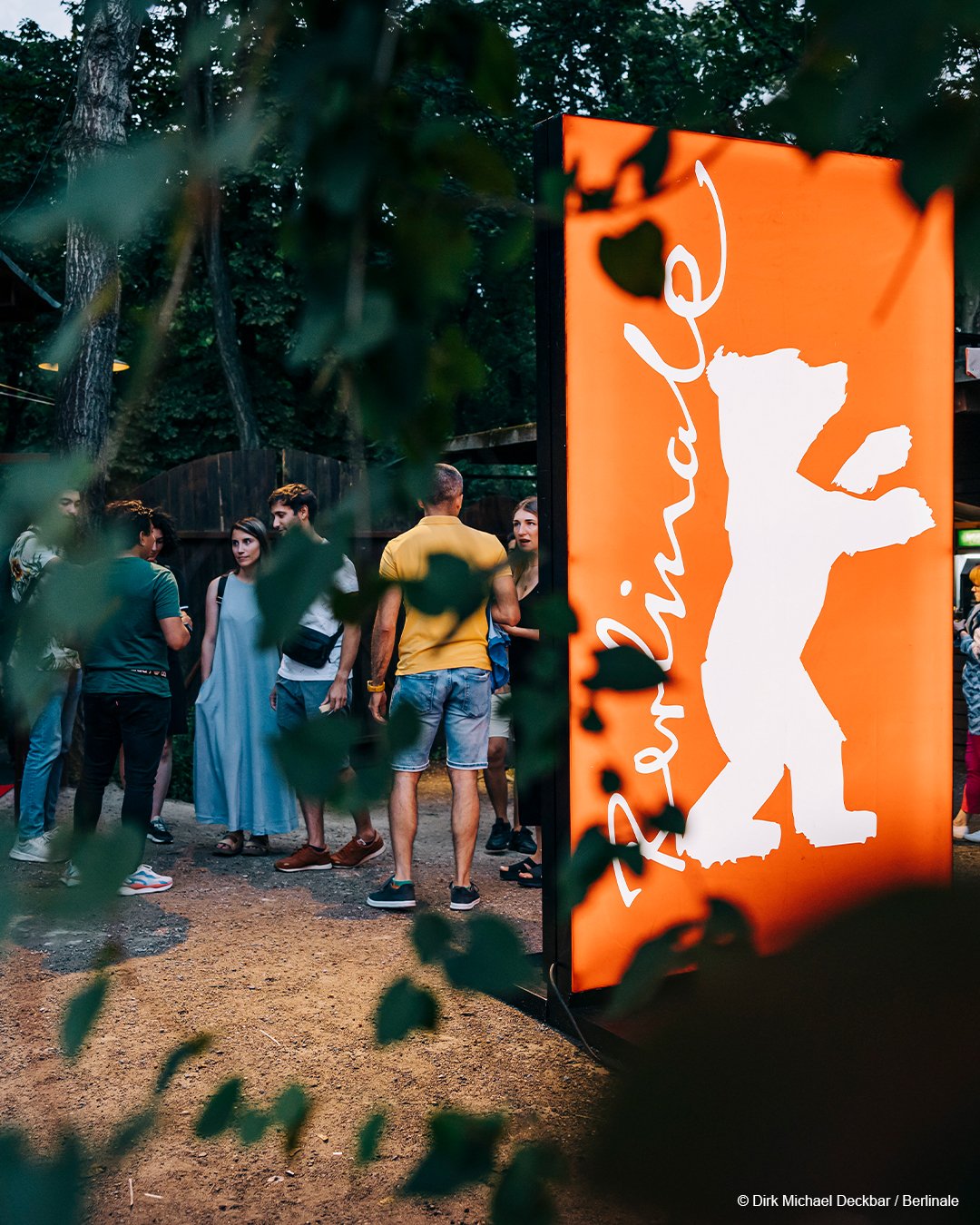
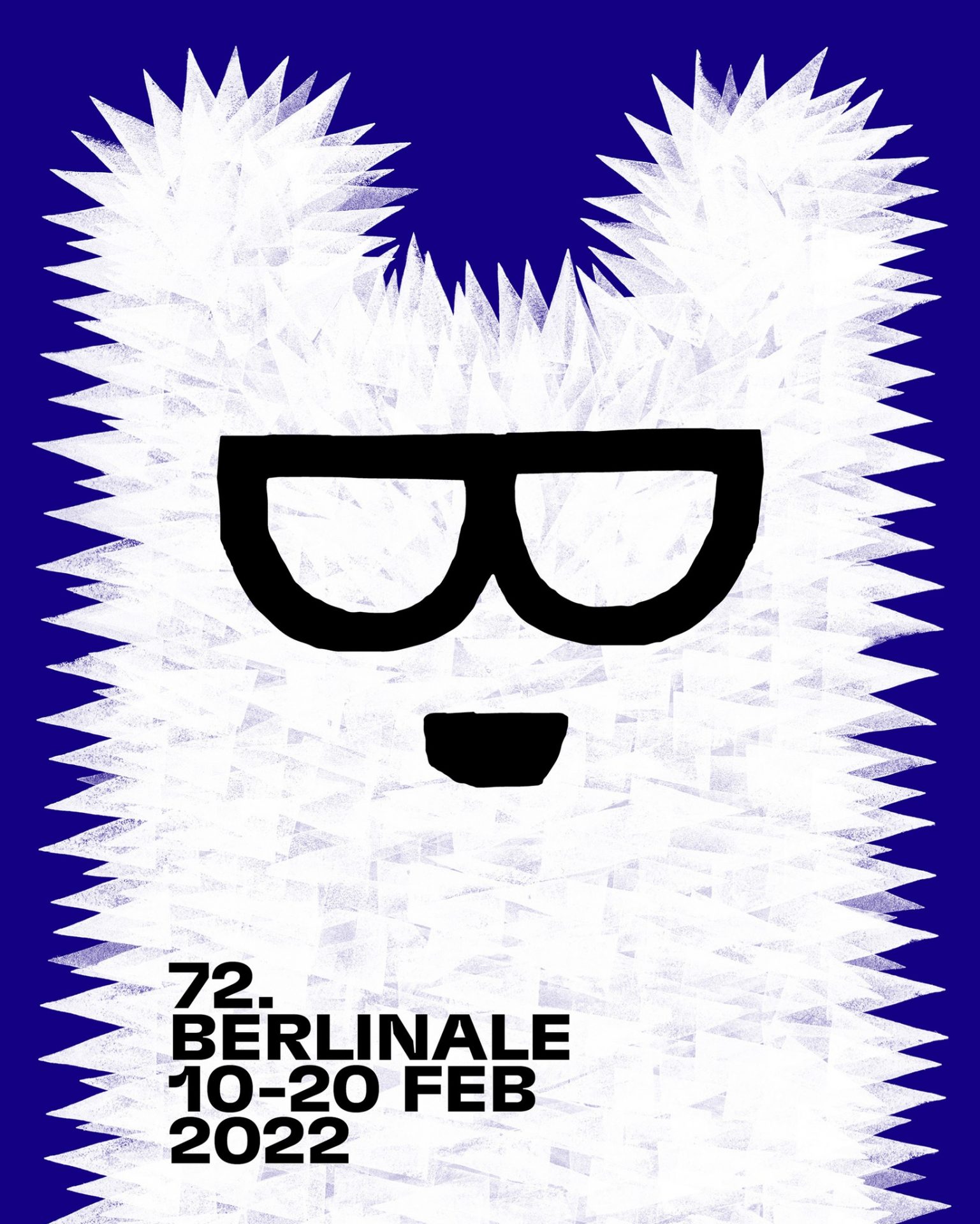
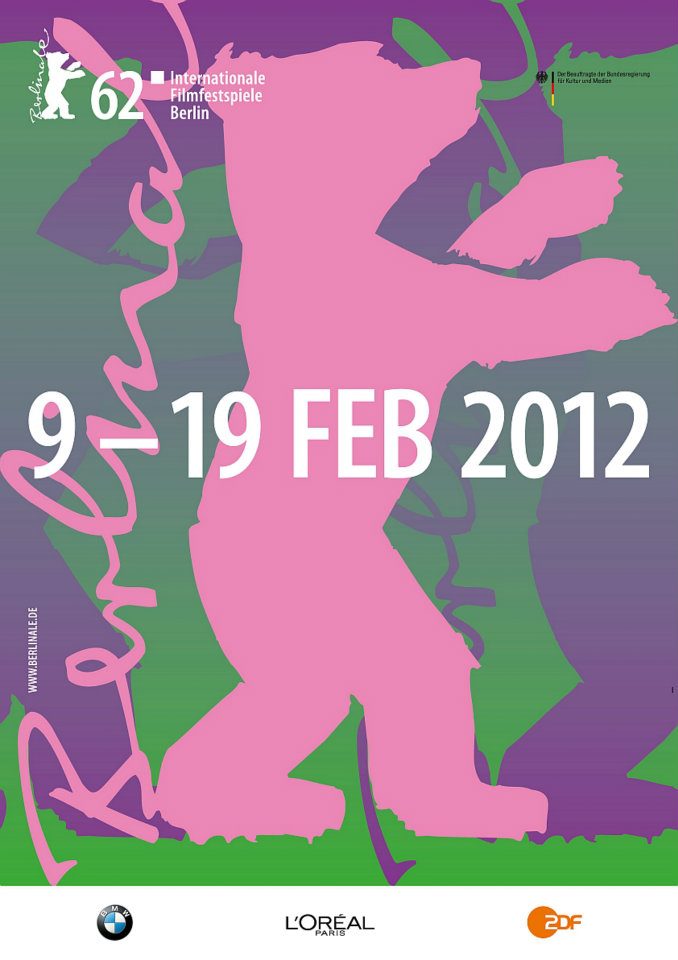
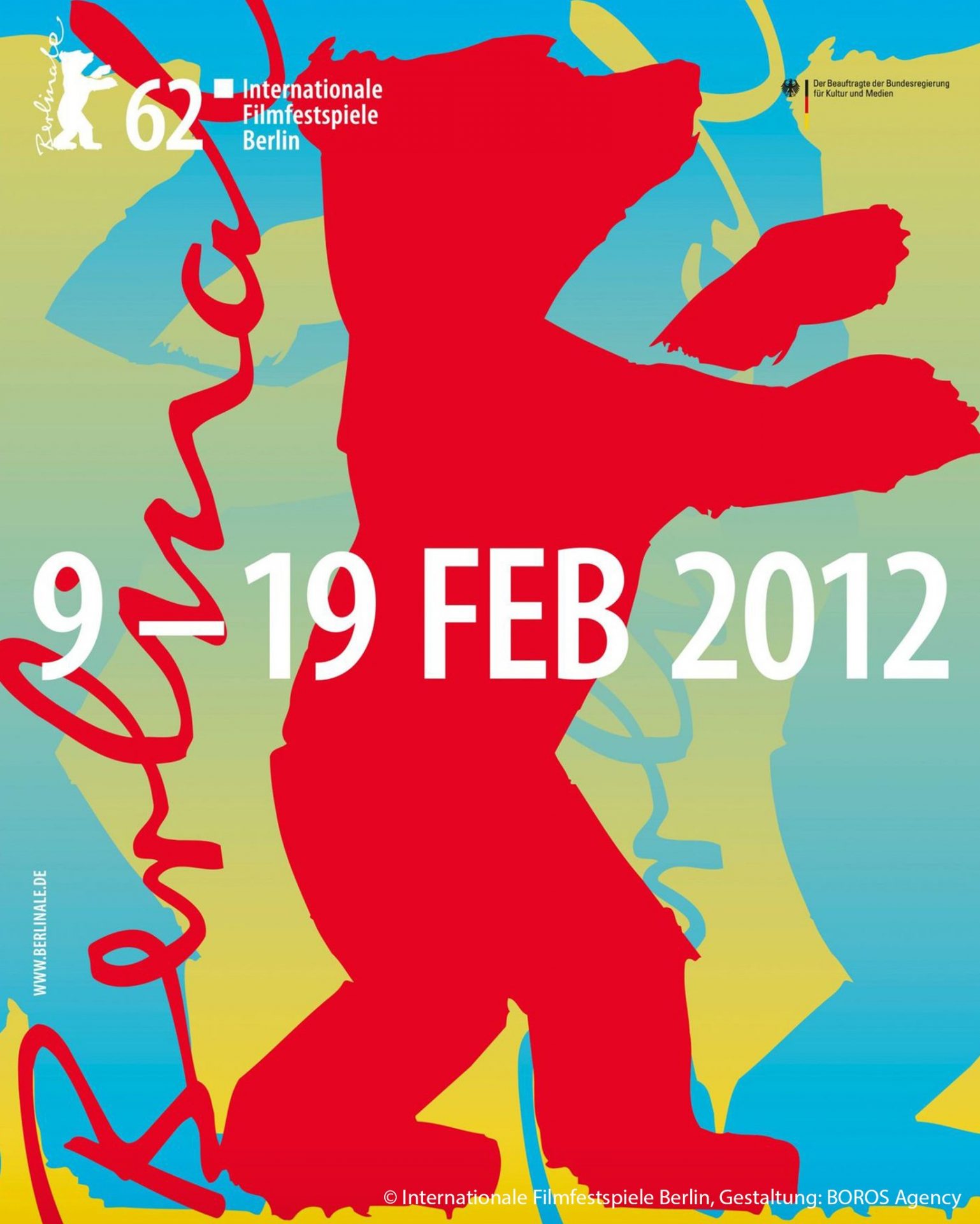
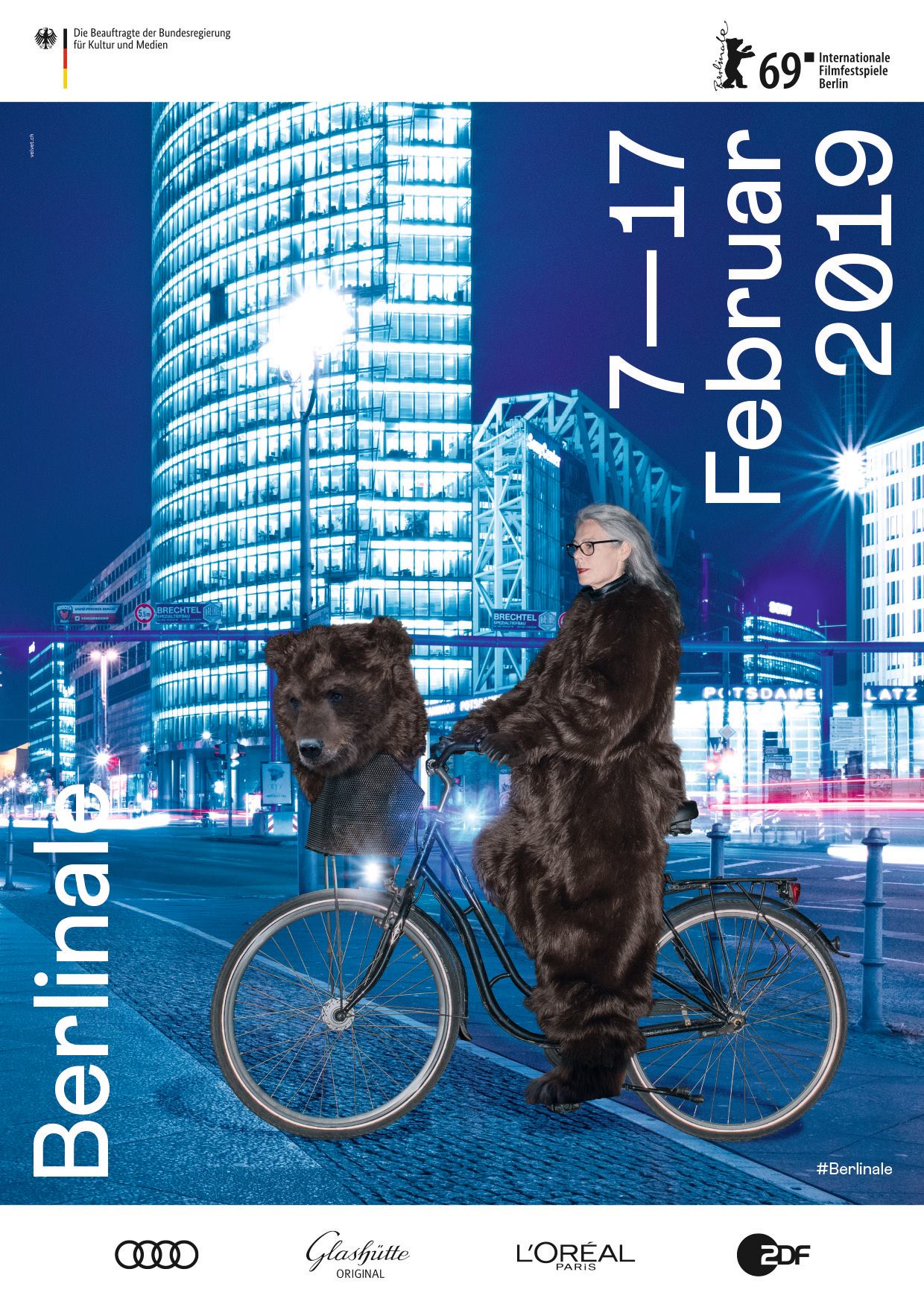
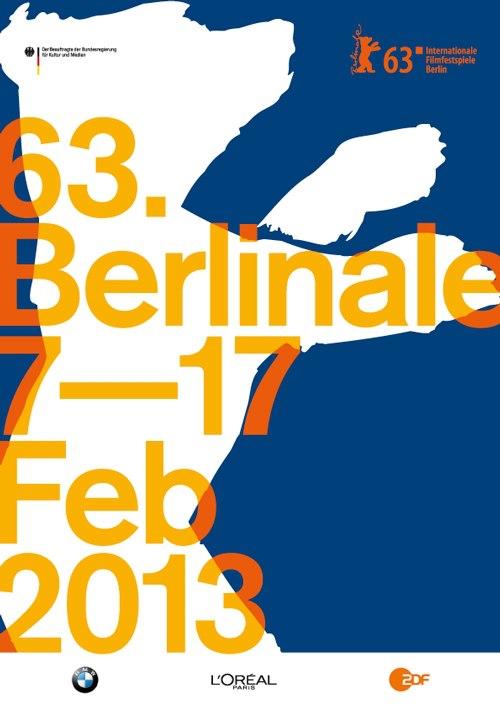
Nine facts about the Berlinale
- Founding Year: The Berlinale was founded in 1951, making it one of the oldest film festivals in the world. It was established by Oscar Martay, a film officer in the US military government in Germany post-World War II, to showcase free and democratic ideals through cinema.
- Bear Trophies: The festival’s awards are known as the “Bears.” The top prizes include the Golden Bear for the best film and the Silver Bears for individual achievements like best director, actor, and actress. The bear is also a symbol of Berlin, and the awards are one of the most coveted in the film industry.
- The Berlinale Palast: The main venue for the festival’s premiere is the Berlinale Palast. Located at Potsdamer Platz, this venue has become the heart of the festival, attracting thousands of film professionals and enthusiasts from around the globe.
- Diverse Sections: The Berlinale is not just about competing for the Golden Bear. It features various sections including Panorama, Forum, Generation, Shorts, and Retrospective, each showcasing different facets of cinema, from avant-garde and experimental films to children and youth movies.
- Berlinale Talents: Launched in 2003, Berlinale Talents is a developmental program for emerging filmmakers. It includes workshops, lectures, and networking opportunities with industry professionals, highlighting the festival’s commitment to nurturing new talent.
- World Cinema Fund: The Berlinale’s World Cinema Fund supports film production in regions with a weak film infrastructure, promoting cultural diversity in the film industry. It reflects the festival’s dedication to global storytelling and social responsibility.
- The European Film Market (EFM): Running parallel to the festival, the EFM is one of the world’s largest film markets. It’s a pivotal meeting place for the international film industry, facilitating the sale and distribution of films and media content.
- Record Attendance: The Berlinale is one of the largest public film festivals globally, with over 300,000 tickets sold and more than 20,000 professional visitors from 124 countries, showcasing its broad appeal and international stature.
- Political and Social Engagement: The Berlinale has a history of engaging with political and social issues through its film selections and special programs. It has been a platform for films addressing themes like human rights, environmental issues, and social justice, reflecting its commitment to fostering dialogue and awareness through cinema.
References
https://www.berlinale.de/en/archive/yearbooks/2000.html
Claudia Schramke – Claudia Schramke
The woman behind the Bär – Exberliner
We extend our deepest appreciation to the Berlinale Press Office for their invaluable assistance and insights. Thank you for guiding us through this story.



